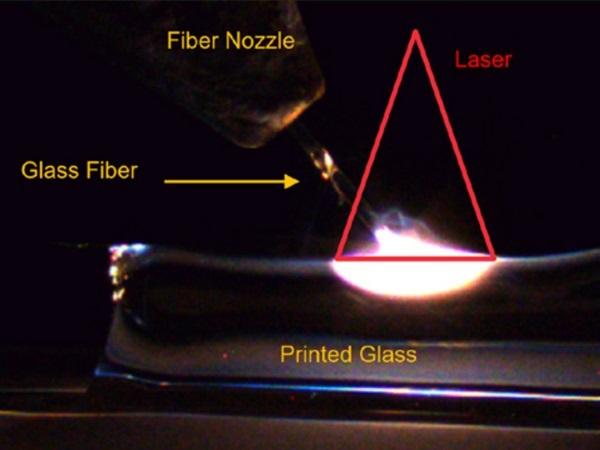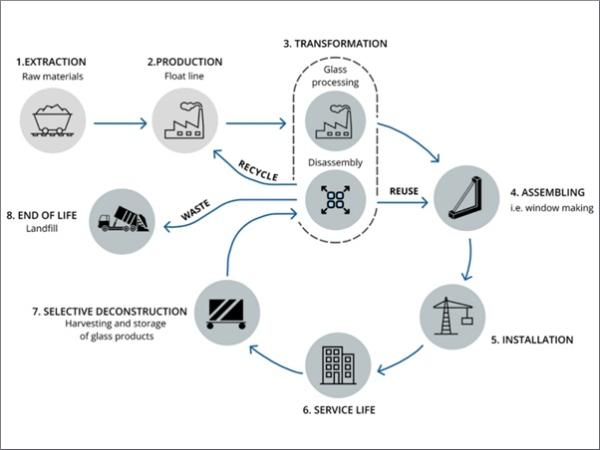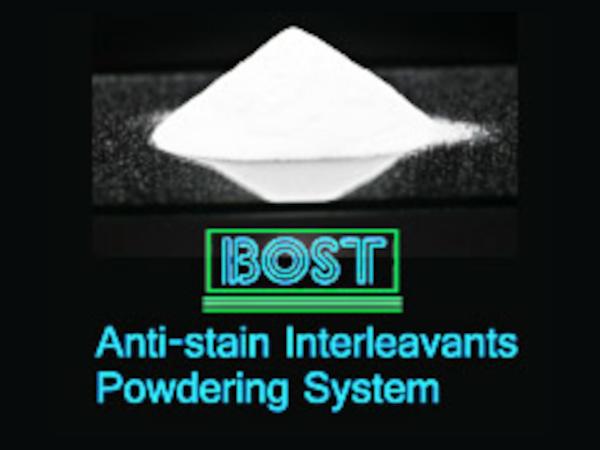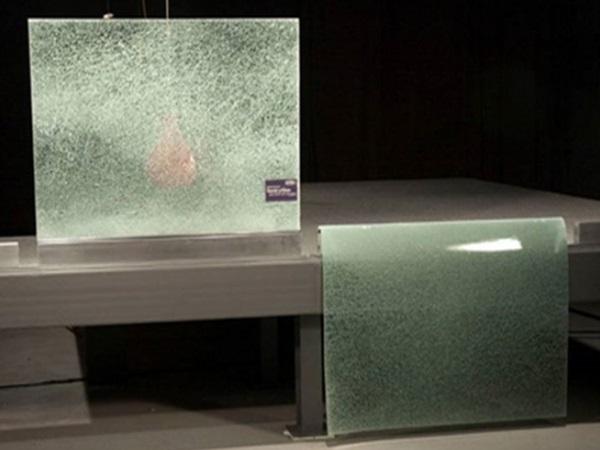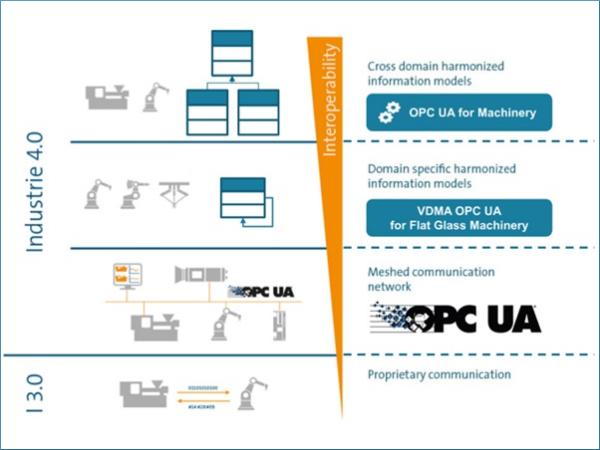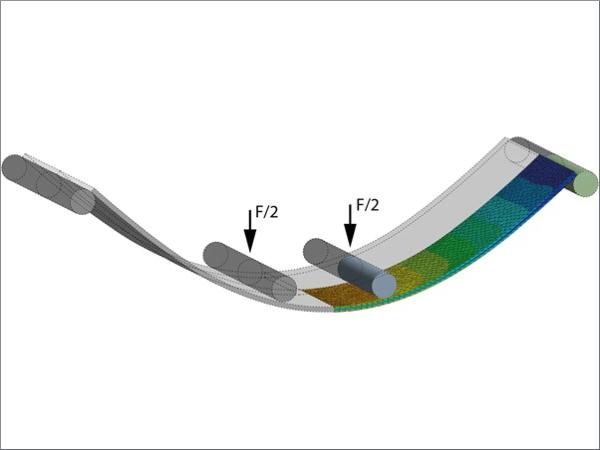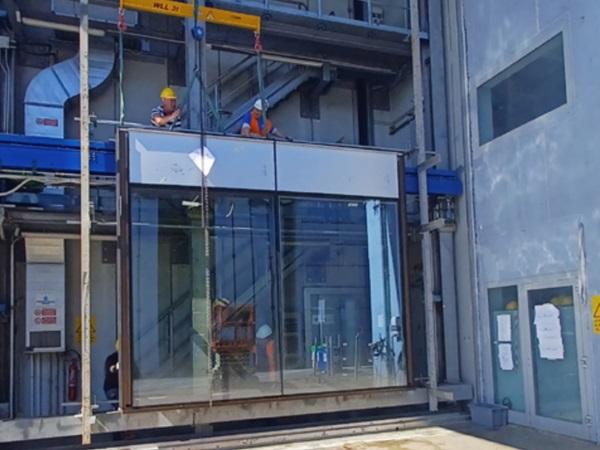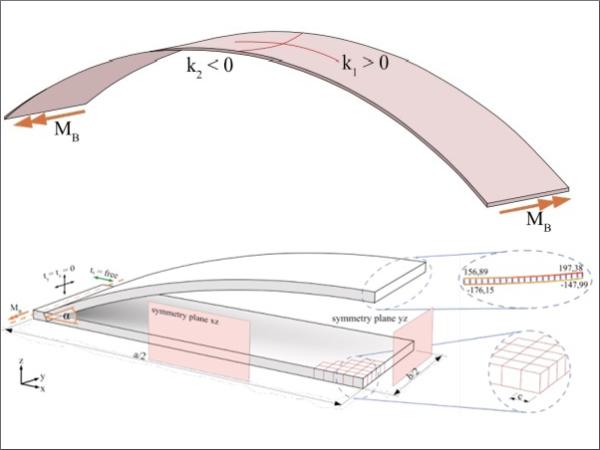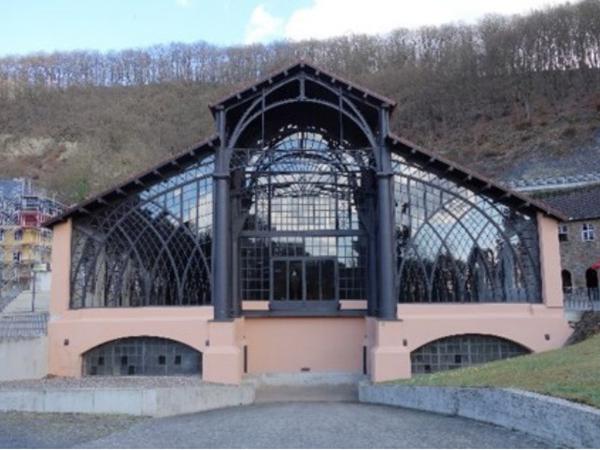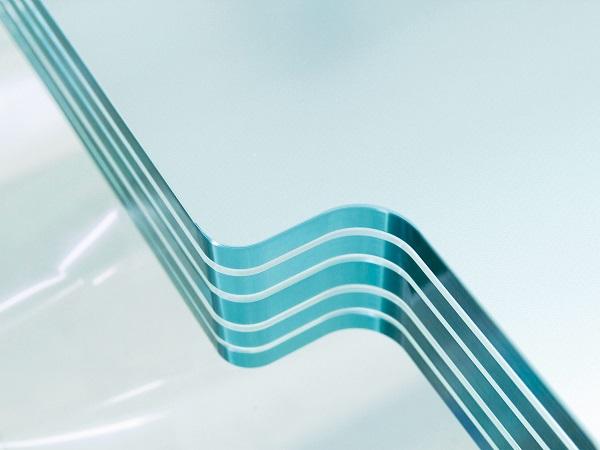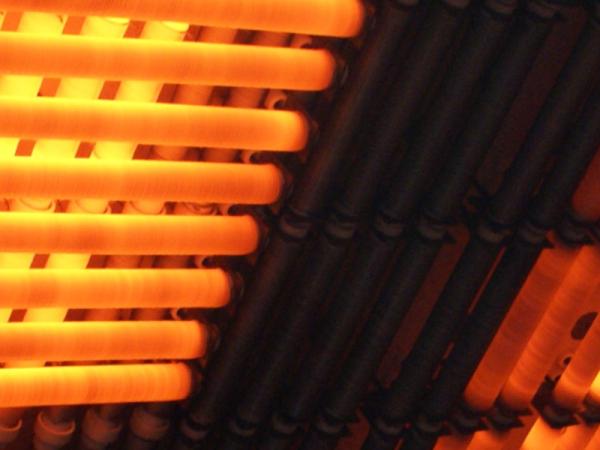Others also read
| Today talking about the trends, challenges, and innovations of flat glass lamination on Glastory.
| This contribution introduces concepts for prestressing laminated glass beams with Fe-SMA tendons adhesively or mechanically connected to the glass beams.
| Proposal for a simplified engineering approach.
| The objective of this study is to understand the response of laminated glass under high-rate bending in the laboratory at rates representative of blast loading.
| The present study investigates the loadbearing capacity of additive manufactured components composed of glass.
| A study of its environmental benefits, quality, and mechanical properties
| Implementing quality controls and checkpoints during production and inspecting 100% of the tempering process, guarantees less rejections in the field converting into more profit.
| Choosing the right interleaving powder for glass separation is crucial for protecting glass surfaces in various industries.
| An equivalent temperature difference model for engineering glass design
| The use of laminated glass with PVB and ionoplast interlayers not only offers improved safety but can also be designed to help mitigate security threats ranging from basic safety to burglary and forced entry resistance and even ballistic protection.
| Digitalization of machines requires standardized language for machine communication – and OPC UA is the perfect choice.
| Investigations of different positions of the sphere and the satellite and their effect on stress distribution are studied. Both, experimental observations and computational FEM simulations are compared.
| Correction of factor kₑ in EN1288-3
| This paper presents the initial results of a seismic study of silicone bonded glass curtain wall systems, combining both finite element analysis and experimental validation.
| In this contribution, PVB interlayers for highly effective and low-surface coverage bird-friendly laminated safety glass will be described.
| This paper investigates the influence of Possion´s Effect on the accuracy and applicability of the used linear elastic Euler-Bernoulli beam theory for the determination of the tensile bending strength of thin glass.
| The present work presents the investigation of historical glass and glass constructions in a suburb of Dresden.
| Laminating glass together with a PVB or ionoplast interlayer can help mitigate security threats that range from smash and grab burglary, forced entry, ballistics, to even bomb blast.
| A novel approach to generate a flat plate with enhanced stiffness has been identified. This approach is scalable, offering the potential for improved stiffness for both large-format glass and thin, chemically tempered glass.
| Glass is a brittle material. After the stress due to loading exceeds the resistance, a breakage occurs, and the glass is no longer intact.
| Spontaneous breakage of fully tempered glass in facades is under control today when the heat soak process according to EN 14179-1 (2006/2016) is rigorously carried out.
| Identification and optimisation of cutting process parameters
| ‘Levitation Ledges at the Summit of the One Vanderbilt (NYC)’
| In this article, Mika gives our readers some expert advice on improving energy efficiency in safety glass manufacturing.
The Effects of the Large-Scale Factor on the Integrity Parameters of Monolithic Fire-Resistant Glass
| Glass structures are subject to high fire safety requirements. Two methods are employed in this work: experimental studies of small-sized and large-sized samples and simulations of heating glass structures.





